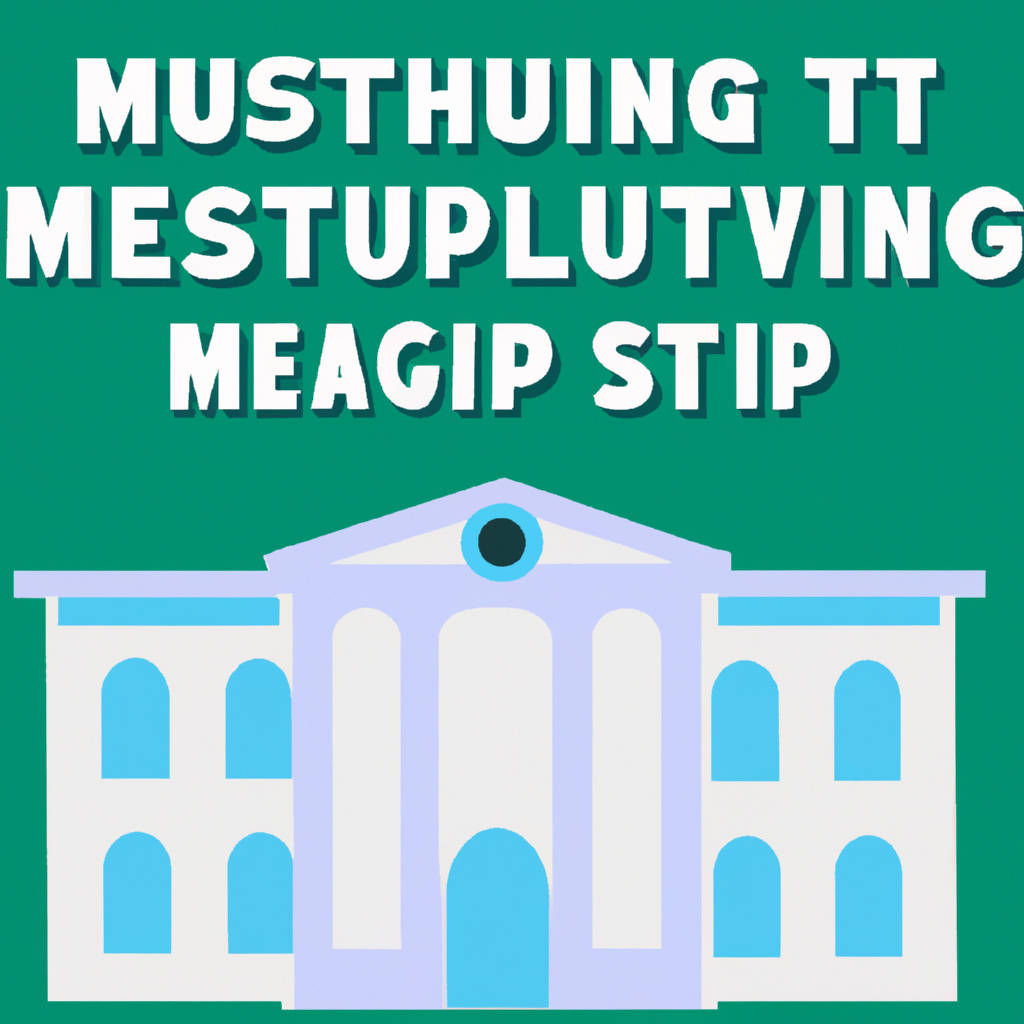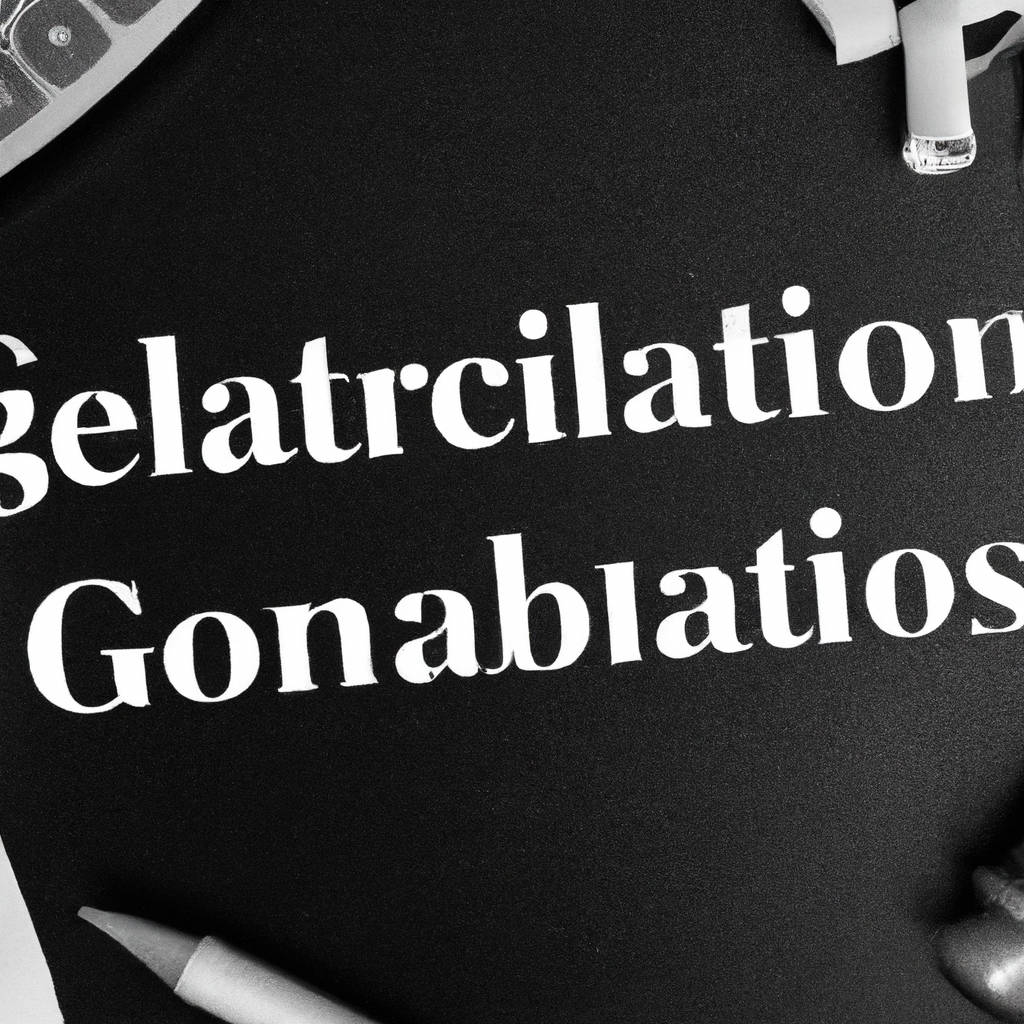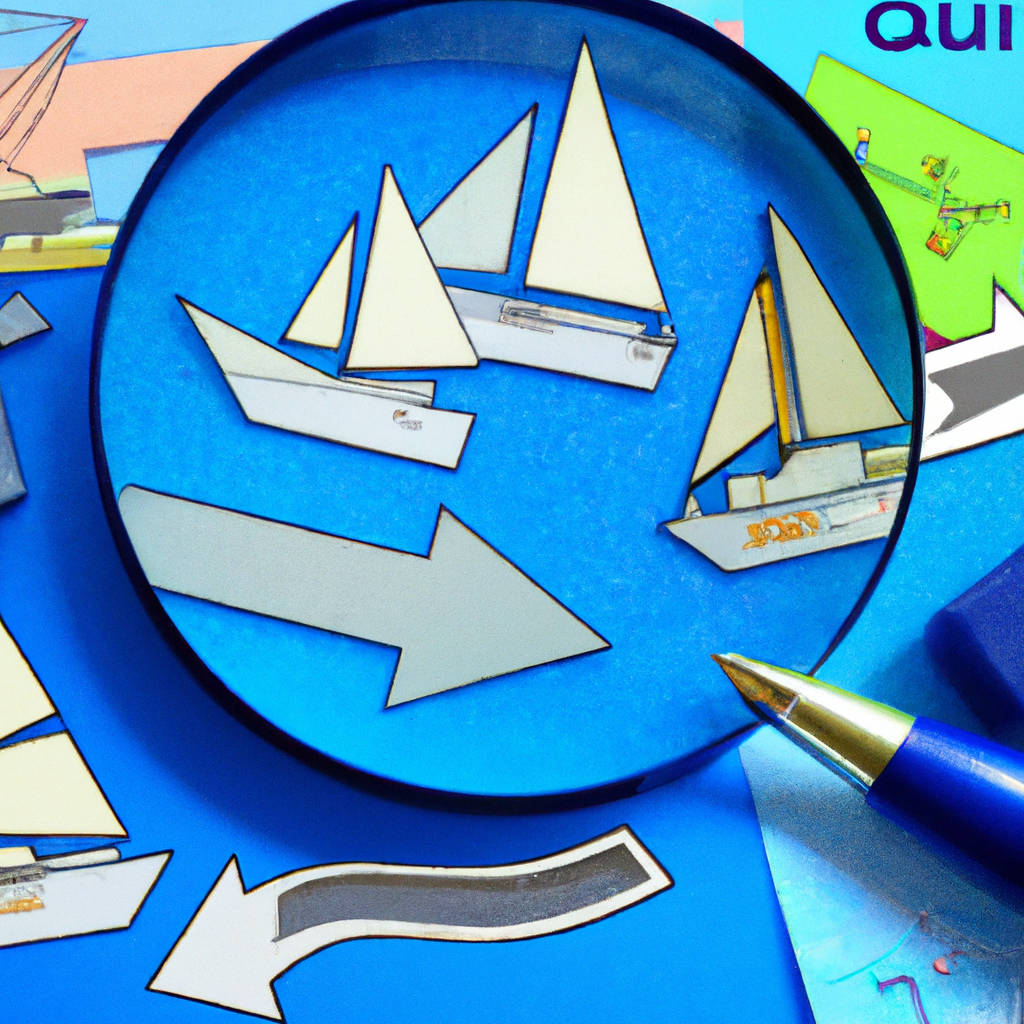Starting a museum project can be an exciting and fulfilling endeavor, but it can also be a daunting task. There are many steps to take in order to initiate your project and ensure its success. First and foremost, it is important to have a clear vision and purpose for your museum. What is the goal of your project? What do you hope to achieve? By having a clear understanding of your objectives, you can better plan and execute your project. Additionally, it is crucial to conduct thorough research on your chosen topic or theme. This will not only help you to refine your focus, but it will also provide you with the necessary background knowledge to create an engaging and informative museum experience.
Once you have a solid foundation in place, it is time to start building your team. Surrounding yourself with knowledgeable and passionate individuals who share your vision will help to ensure the success of your project. Collaborating with experts in the field, such as historians, curators, and designers, can bring valuable insights and expertise to your project. Finally, securing the necessary funding and resources is essential to bringing your museum project to life. Whether through grants, donations, or sponsorships, having a solid financial plan in place will allow you to move forward with confidence. By following these steps and staying focused on your vision, you can successfully initiate your museum project and create a valuable and engaging experience for your audience.

Planning Phase: Strategizing for Your Museum’s Future
In the planning phase of a museum’s development, it is crucial to strategize for the institution’s future in order to ensure its long-term success and sustainability. This process involves assessing the museum’s current strengths and weaknesses, setting clear goals and objectives, and identifying potential opportunities and threats in the external environment. By conducting a thorough analysis of the museum’s resources, capabilities, and competitive landscape, museum leaders can develop a strategic plan that outlines a clear path forward.
This plan should include strategies for enhancing the museum’s collections, exhibitions, programming, and visitor experience, as well as for expanding its audience reach and financial sustainability. Additionally, museum leaders should consider how emerging trends in technology, demographics, and cultural consumption may impact the institution’s future trajectory and make adjustments accordingly. By engaging in thoughtful strategic planning, museums can position themselves to thrive in an increasingly competitive and dynamic landscape, ensuring their continued relevance and impact for years to come.
Ultimately, the success of a museum’s strategic planning efforts will depend on the ability of its leadership to anticipate and adapt to change, foster innovation and collaboration, and engage with stakeholders in a meaningful and transparent manner. By taking a proactive and strategic approach to planning, museums can ensure their long-term viability and fulfill their mission of preserving and sharing cultural heritage with future generations.
Legal Considerations: Navigating Regulations and Requirements
When it comes to navigating regulations and requirements, it is important for individuals and businesses to carefully consider the legal landscape in which they operate. Failure to comply with these regulations can result in serious consequences, including fines, penalties, and even the potential for legal action. It is vital to stay informed about the specific rules and regulations that apply to your industry or situation, as they can vary greatly depending on the jurisdiction and the nature of your business.
Additionally, it is crucial to seek out expert advice and guidance from legal professionals who specialize in the relevant areas of law. By taking proactive steps to understand and comply with the regulations that govern your activities, you can avoid unnecessary risks and ensure that you are operating within the bounds of the law. Ultimately, staying on top of legal considerations and requirements is essential for maintaining a successful and sustainable business operation.

Funding Strategies: Securing Financial Support for Your Museum
Securing financial support for museums can be a challenging task, but with the right funding strategies in place, it is possible to attract the necessary resources to sustain and grow these cultural institutions. One effective approach is to cultivate relationships with philanthropic individuals and organizations who share a passion for preserving and promoting art and history. By engaging with potential donors and showcasing the impact of their support on the museum’s programs and exhibits, it is possible to secure significant contributions that can make a difference in the institution’s financial health.
Another key strategy is to pursue grants from government agencies, foundations, and other funding sources that provide financial support for cultural and educational initiatives. By identifying and applying for relevant grant opportunities, museums can access additional resources to fund specific projects or initiatives. Additionally, museums can explore alternative revenue streams, such as hosting fundraising events, offering memberships, or partnering with corporate sponsors to generate income. By diversifying their funding sources and implementing a strategic approach to securing financial support, museums can ensure their long-term sustainability and continue to fulfill their mission of preserving and sharing cultural heritage with the public.
Location Selection: Finding the Perfect Spot for Your Museum
Location selection for a museum is a critical decision that can greatly impact its success. When choosing the perfect spot for a museum, several factors must be considered. Accessibility is key, as the museum should be located in a place that is easily reachable by visitors. Proximity to public transportation and major highways can make it more convenient for people to visit. Additionally, the surrounding area should be safe and welcoming to ensure that visitors feel comfortable exploring the museum. The demographics of the area should also be taken into account, as the museum’s target audience should align with the population of the location.
Furthermore, the size and layout of the building should be suitable for the museum’s exhibits and collections. Adequate space for displays, workshops, and events is essential for creating an engaging and immersive experience for visitors. Finally, the overall atmosphere of the location should complement the museum’s theme and mission. A picturesque setting or a vibrant cultural district can enhance the overall visitor experience and attract more people to the museum. By carefully considering these factors, museum owners can ensure that they find the perfect spot for their institution to thrive and make a lasting impact on the community.

Exhibition Development: Crafting Compelling Displays
Exhibition development is a complex process that involves crafting compelling displays to engage and captivate audiences. From conceptualization to execution, every step in the development of an exhibition plays a crucial role in shaping the overall experience for visitors. Curators and designers work together to create visually stunning displays that effectively communicate themes and ideas to viewers. This involves careful selection of artifacts, artwork, and multimedia elements that help tell a cohesive and compelling story. The layout and design of the exhibition space also play a key role in creating an immersive and memorable experience for visitors.
By strategically arranging displays, lighting, and interactive elements, exhibition developers can guide visitors through a narrative that leaves a lasting impact. Additionally, the use of technology and digital media has become increasingly important in exhibition development, allowing for innovative and interactive displays that engage audiences in new and exciting ways. Overall, exhibition development is a creative and collaborative process that requires careful attention to detail and a deep understanding of how to effectively communicate ideas through visual means. By crafting compelling displays that resonate with viewers, exhibition developers can create meaningful and enriching experiences that leave a lasting impression.
Staffing Needs: Building Your Museum Team
Building a strong team for your museum is essential for its success. When it comes to staffing needs, it is important to carefully consider the roles and responsibilities that need to be filled in order to effectively operate the museum. This includes positions such as curators, educators, exhibit designers, and administrative staff. Each role plays a crucial part in ensuring that the museum runs smoothly and provides visitors with a memorable experience. When building your museum team, it is important to consider the unique skills and expertise that each individual brings to the table.
By carefully selecting team members who complement each other’s strengths and weaknesses, you can create a well-rounded and cohesive team that is capable of achieving the museum’s goals and objectives. Additionally, it is important to provide ongoing training and professional development opportunities for your staff in order to ensure that they are equipped with the knowledge and skills needed to excel in their roles. By investing in your museum team and fostering a positive and supportive work environment, you can create a team that is dedicated, motivated, and passionate about the museum’s mission and vision. Ultimately, building a strong museum team is essential for achieving success and ensuring that your museum continues to thrive and grow in the years to come.

Opening Day Preparations: Finalizing Details for a Successful Launch
As Opening Day approaches, the final touches are being put in place to ensure a smooth and successful launch. From coordinating with vendors to setting up merchandise displays, every detail is being carefully considered to create an unforgettable experience for attendees. The event team is working tirelessly to finalize logistics, such as parking arrangements and security measures, to guarantee a safe and enjoyable environment for all guests. In addition, last-minute adjustments are being made to the schedule of events to maximize excitement and engagement throughout the day.
Communication with staff members and volunteers is key to ensure that everyone is on the same page and ready to execute their roles seamlessly. The marketing team is also busy promoting the event through various channels to generate buzz and attract a large turnout. In the midst of all the final preparations, the overall goal remains clear: to create a memorable and successful Opening Day that will leave a lasting impression on all who attend. As the countdown to launch day continues, the energy and anticipation are palpable, driving everyone involved to do their best to make this event a resounding success. With each detail carefully considered and every aspect thoughtfully planned out, Opening Day is shaping up to be an incredible experience that will set the tone for a successful season ahead.